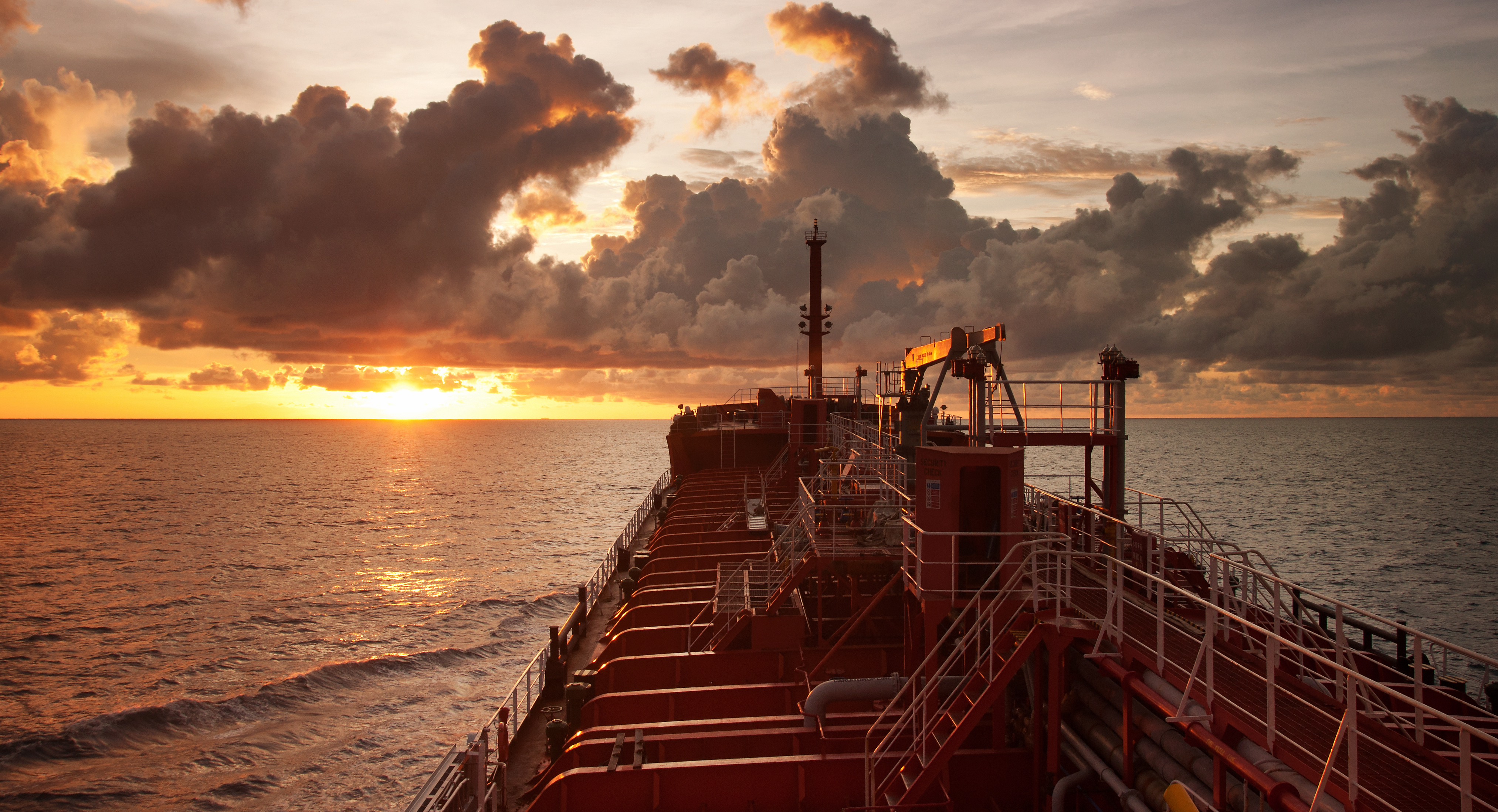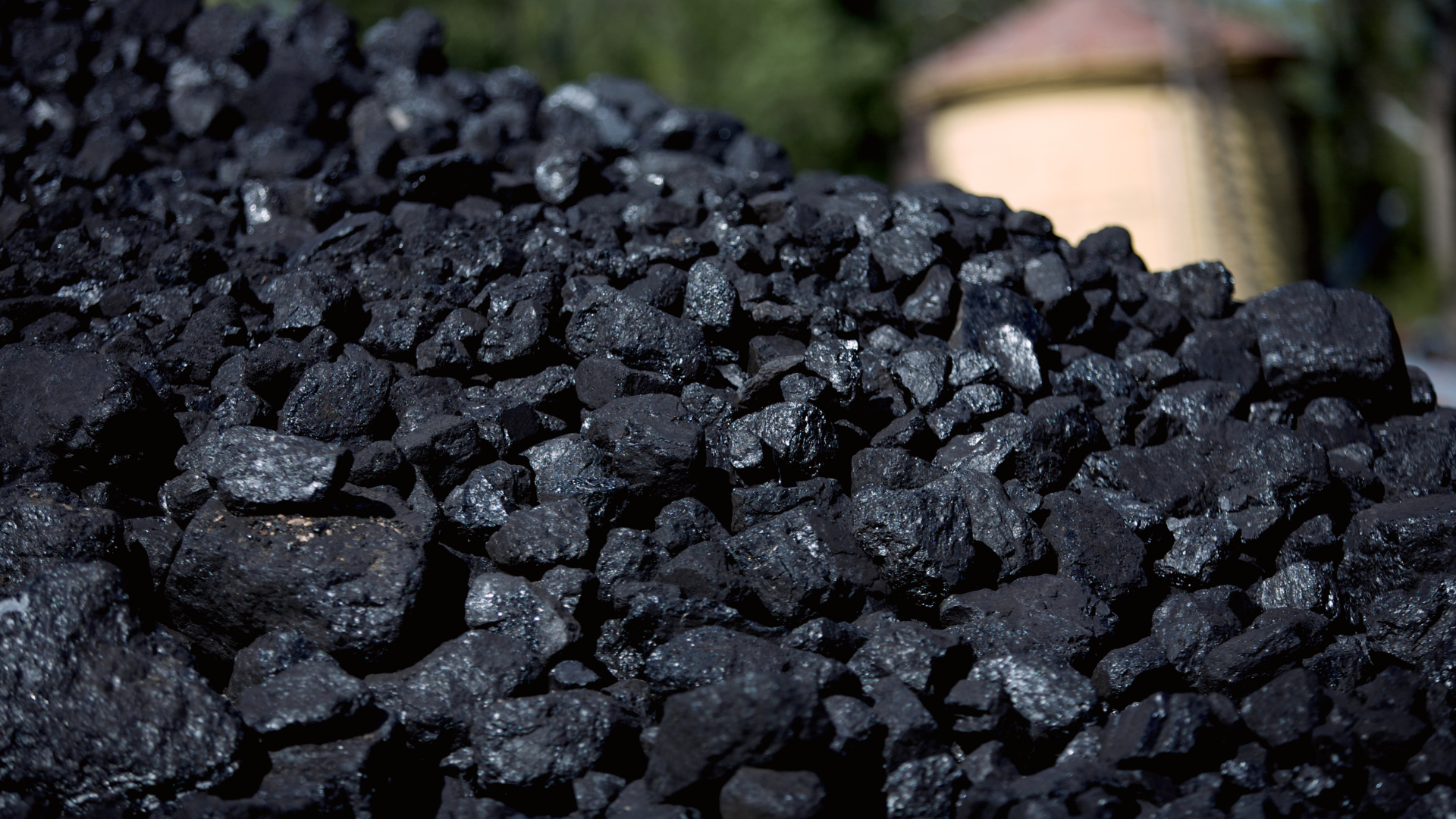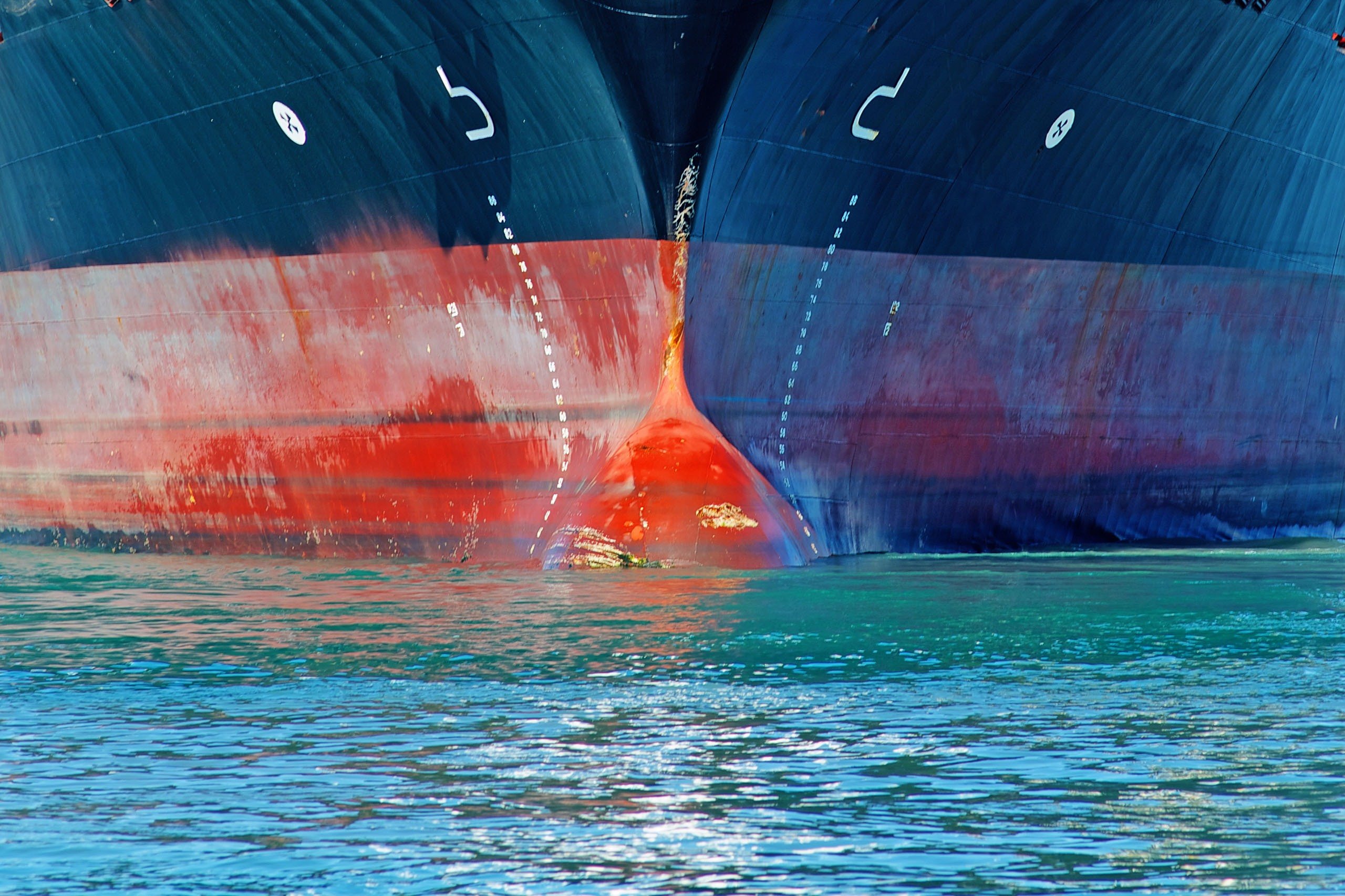
2022年8月と9月、VPSはロッテルダム港で補油された留出燃料をテストしたところ、曇点温度は21℃、流動点温度は12℃に達しました。燃料の低温流動特性(流動点、曇点、コールド フィルター プラグ ポイント) は、気温が大幅に低下する冬にはさらに重要になります。詳細はVPS Circularを参照ください。
VPS has tested several distillate fuels bunkered in the Port of Rotterdam during August and September 2022, where their Cloud Point reached temperatures as high as 21 degrees Celsius and their Pour Point temperatures were as high as 12 degrees Celsius.
Fuel cold flow properties (Pour point, Cloud Point and Cold Filter Plug Point) become even more critical during winter when the ambient temperature decreases significantly. Many vessels do not have heating capabilities in distillate tanks; also, the fuel viscosity will change once any fuel is heated, which might complicate fuel management.
Cloud point is the temperature below which wax in fuel tends to form a cloudy appearance. This condition is detrimental for any engine as solidified wax thickens the fuel and clogs the fuel filters and injectors.
Knowing the cloud point is important for determining storage stability. Storing fuel at temperatures significantly higher than the cloud point may result in instability.
Cold Filter Plugging Point (CFPP) is the lowest temperature where the fuel, drawn through a standardised mesh within a specific time, continues to flow.
Pour point is the lowest temperature at which the fuel continues to flow. Once below the pour point temperature, the fuel will freeze and no longer be able to be pumped.
The fuel purchaser should confirm that the cold flow characteristics suit the ship's design and intended voyage. This is possible by being aware of the fuel cold flow properties and discussing with the supplier as required.
ISO 8217:2017 requires suppliers to report the cloud point and CFPP for distillate fuel winter grades DMA and DMZ. No limit is specified, but the fuel user will at least know his risks of waxy fuel or filter clogging.
When suppliers do not supply to ISO 8217:2017, requesting the cloud point and CFPP specs are advisable for these distillate fuels. Just relying on the pour point requirement in Table 1 of ISO 8217 cannot guarantee operability for all ships in all climates.
Please see the VPS circular for further details.





